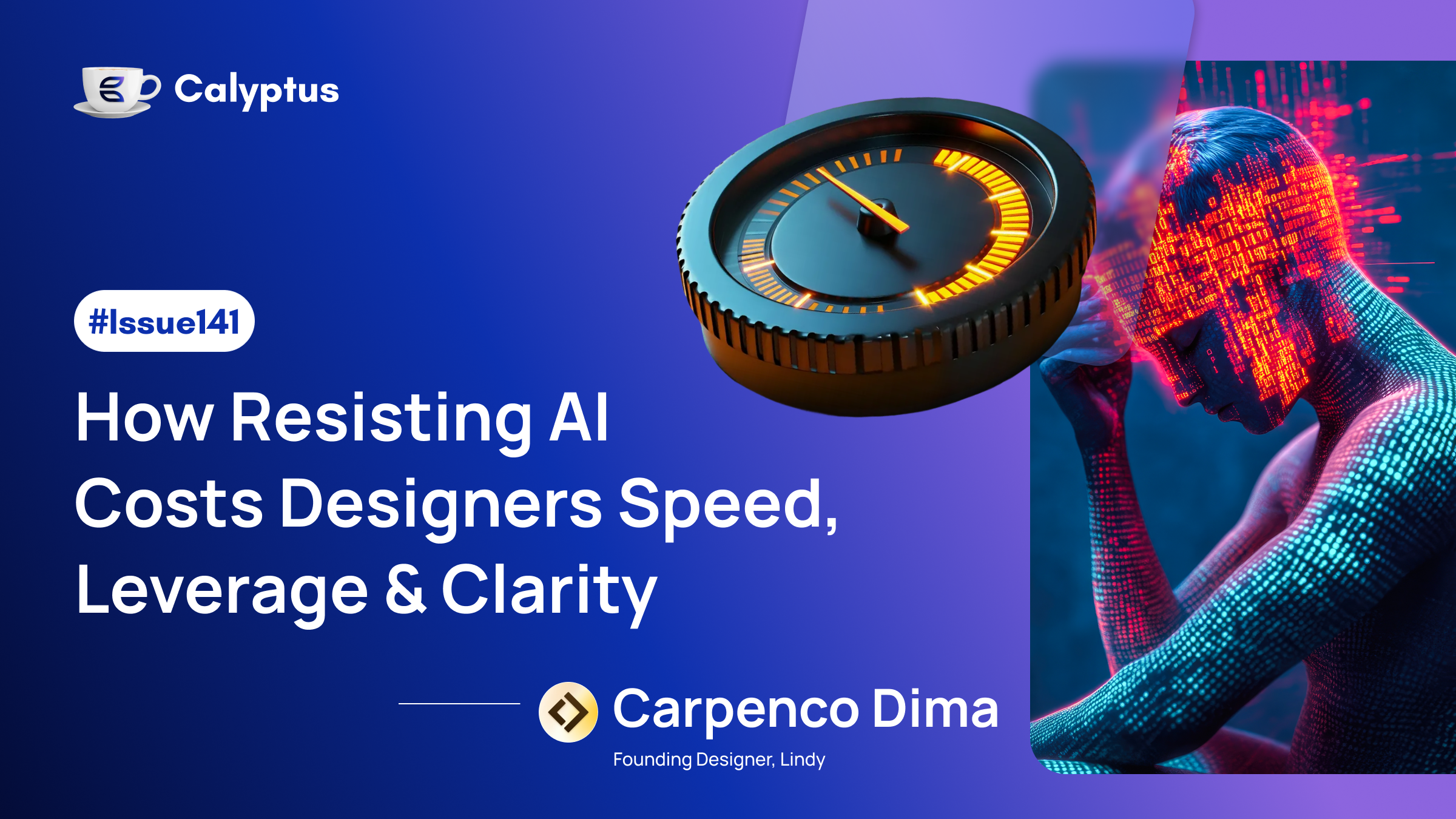Ian Brunner, who Founded IPTS - Interplanetary Talent Services and leads Talent Acquisition at Protocol Labs, is helping rewire how hiring works in Web3. Drawing on experience at the likes of Meta, he’s building people systems that prioritise velocity, flexibility, and community contribution over rigid structure. In this edition of People Protocol, Ian shares how Web3 hiring is shifting from company-centric to ecosystem-centric + why AI and open-source pipelines are key to the future of work.
You’ve gone from scaling large centralised companies to helping build decentralised systems. What’s one hiring lesson from Big Tech that doesn’t work in Web3 and one that still does?
Hiring for centralized corporations versus decentralized Web3 ecosystems involves distinct nuances, but there are also many transferable lessons (which is why so many former Big Tech recruiters now lead talent teams in Web3). One key difference: in Big Tech, short tenures or failed ventures are often viewed skeptically as "job-hopping," but in Web3, fast failures and a builder’s mindset are positive signals–experimentation is valued, and contributors often flow across projects and DAOs.One lesson that absolutely carries over is the importance of hiring velocity. At Facebook, I saw top candidates routinely holding multiple competing offers. In Web3, the same dynamic exists—but with even more volatility. Without a crisp, well-coordinated hiring process, even mission-aligned candidates will move on quickly.
Protocol Labs operates like a network of networks. How do you think about building scalable talent systems across such a diverse, decentralised ecosystem?
Building talent systems for decentralized ecosystems like Protocol Labs energizes me most about this space. Web3 enables a new model of work, one where contributors can flow in and out of projects, and value creation is more distributed.When designing these systems, I focus on four principles:
- Transparency: hiring practices that are visible, consistent, and trusted across communities.
- Accessibility: pathways that welcome talent from diverse geographies and backgrounds.
- Scalability: lightweight frameworks that adapt as networks grow and evolve.
- Regenerativity: talent systems that give back to the ecosystem—helping train, surface, and connect contributors, not just extract them.
We’ve helped teams move from siloed hiring to shared candidate pipelines, network-wide contributor directories, and community-first sourcing across the Protocol Labs Network and Polkadot ecosystem. There’s still work to do, but the shift from company-centric to ecosystem-centric hiring is one of the most exciting frontiers we’re helping to build.
At IPTS, you’re supporting Web3 teams with end-to-end talent infrastructure. What mistakes do you see most often in how early-stage crypto projects approach hiring?
The most common mistake I see is that early-stage crypto teams jump into hiring without first identifying their core gaps or building a clear, repeatable process. This leads to reactive searches, slow decision-making, and evolving role definitions, which frustrate both candidates and hiring teams.Another common pitfall is creating “Frankenstein roles”–trying to fit unrelated skill sets (say, DeFi strategy + deep protocol engineering + community growth) into a single job. This usually results in muddled interviews and disengaged candidates. Instead, we coach teams to stack-rank their priorities and design focused roles that attract the right talent for the most pressing needs. One founder recently told us this exercise helped them cut time-to-hire in half for a key technical leadership role.
How has your understanding of community-driven hiring evolved since joining the Web3 space? Have you experimented with sourcing or evaluating talent directly from open-source contributors?
My understanding has evolved a lot. Web3 is still a small space, and building real talent networks requires active community participation, not just transactional hiring. Community-driven hiring isn’t limited to full-time roles. Many of the best talent relationships start through part-time or open-source contributions, often leading to deeper engagement and even full-time opportunities.We regularly source and evaluate talent from open-source contributors. In Protocol Labs and Polkadot ecosystems, for example, we’ve helped teams identify top contributors from GitHub, community forums, and hackathons–sometimes creating entirely new roles around standout talent. In Web3, contribution-first hiring is often the best signal of both skill and alignment.
What do you think it takes to build trust and credibility in this space as a talent leader?
Building trust in crypto-native communities starts with two things: mission alignment and empathy. I genuinely believe in the shift toward a more decentralized, permissionless world, which keeps me passionate and aligned with the teams we support.Mission alignment means I believe in the shift toward a more decentralized, permissionless world, which keeps me passionate and aligned with the teams we support.Empathy means understanding the technical, professional, and personal challenges founders and builders face—whether hiring with three months of runway, scaling a global team from a warzone, or navigating volatile token markets. We also invest in showing where the community lives: in Discords, GitHubs, hackathons, and DAO calls—not just LinkedIn. That kind of context and presence is essential to being seen as a credible partner in this space.
What excites you most about the future of work in crypto? Where do you think Web3 talent acquisition is headed over the next 3–5 years?
What excites me most is the growing number of traditional companies building on crypto rails—and the continued shift toward global, permissionless work. Combined with the rise of remote-first teams, this creates a wave of new opportunities for the next generation of builders.Over the next 3–5 years, I expect talent acquisition in Web3 to become more ecosystem and AI-driven. AI will streamline a lot of processes, but the bigger shift is how ecosystems manage talent: moving from company-by-company hiring to shared contributor pools, open-source-first pathways, and ecosystem-level incentives for talent growth.Deploying talent sources strategically and transparently will enable growth and reduce rate limiters. That’s exactly the model we’re building at IPTS: talent infrastructure designed for this space's pace, volatility, and openness.




